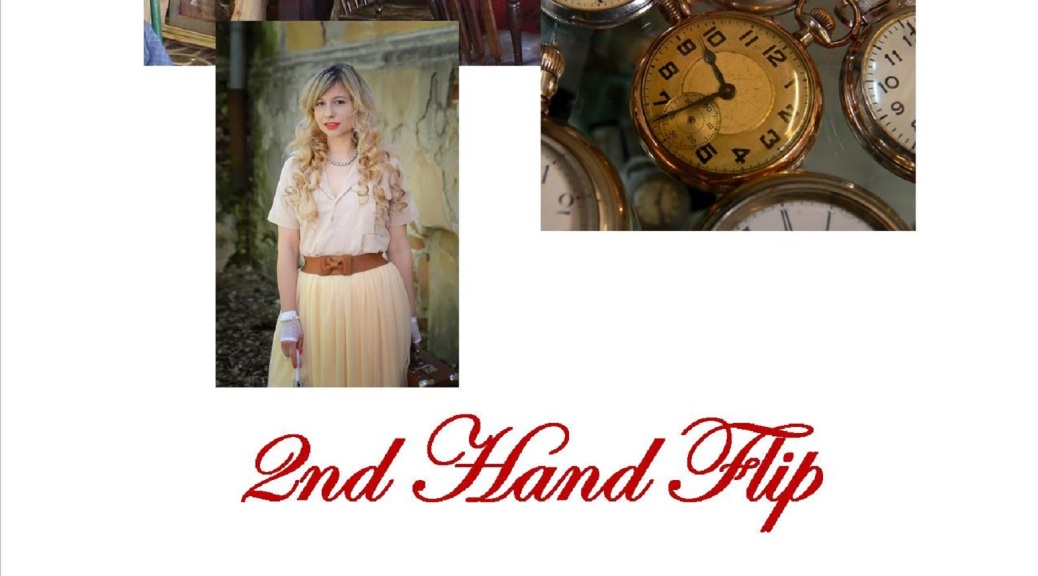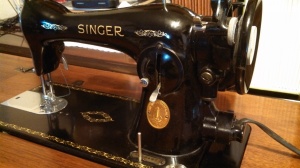Sometimes antique or vintage furniture breaks. Temperature change starts a small crack and alternating humidity and dryness takes its toll. We here in Colorado understand this problem at a scale like very few other locations. Instead of throwing the old piece along with the rest of your obsolete materials in the back corner of the garage, bring it out, repair, restore it, and put it back to good use. Antique (over 100 years old) and vintage (over 20 years old) furniture, are one of the best re-purposing items one can find in a second-hand store. Furniture is one of the handful of best investments, future generations will profit from by owning. Because adhesives make the repair of that furniture easier, we are going to discuss its use here.
The “judicious” use of Adhesives is one of the best solutions for antique furniture repair. I say judicious because typically the inexperienced DIY person believes that the more glue you can slather on something, the better it will hold. Nothing can be farther from the truth. Not only is too much glue detrimental, it is also ugly. Older furniture was assembled with craftsmanship and accuracy, but wood dries out over time. Holes expand as they dry and tendon that go into those holes, shrink. Eventually the once tight joint, loosens and weakens, becoming prone to breakage
Originally glue was not a common material used in assembling bigger furniture pieces during the original manufacture. When the old craftsmen build furniture, the tolerances were close, joints were tight, screws were used. When glue was used, usually it was made from the rendering of “animal hide” and hoofs. Remember hearing or reading about “sending the horse to the glue factory?” That’s where it comes from. Removal and replacement of that old glue and rebuilding the dried up joints and tendons becomes a necessary part of the repair process today.
What glue to Use.
There is a lot of glue available for antique furniture repair. Some holds on contact without any pressure while others requires around thirty-minutes or more of pressure to safely and completely bond. It is always best to buy the recommended glue, instead of the off-brands. The use of adhesives, such as the commonly known white wood glue is the most preferred when repairing wood furniture. For example, Elmer’s Wood Glue is a staple in my shop. Other wood glues are perhaps just as good, but I grew up with Elmer’s in my Dads wood shop. I have come to trust it. Not to be confused with the Elmer’s paper glue used in schools. That glue taste good, but wood glue doesn’t. At six years old, I learned the difference.
I use wood glue the most, especially for raw wood gluing of joints and seams. You will too. Because it is water-soluble, I mix it with wood shavings or sawdust, making a sort of wood paste to build up a loose joint or fill in an enlarged hole. This trick came from my Dad. I’ve used oak sanding dust mixed with Elmer’s to repair a small crack in an oak table. I clamped it and once dried, I sanded it down, and you can hardly tell where the crack was. I re-sold that table for a healthy profit afterwards.
Because wood glue is water-soluble, it is easier to clean up, leaving behind no residue. You want this because you will need to paint or stain over the exposed section of the repair. Note however, that if you’re new to wood repair, fully read and follow the direction indicated on the product labels. If you have questions, contact the company and ask. The kid in the paint store who is stocking shelves won’t know, but the pro in the company tech department will.
Sometimes, the repair entails a single leg of an antique chair or table that has been broken. This is not a simple glue it together and be done fix. Fast-setting water-soluble type glues are not suitable for this kind of repair. You will need to use an epoxy type glue plus either nails or screws.
You may find that some of the new catalytic type glues that are mixed together, may be needed. Think of a surgeon repairing a badly broken leg. The hidden screws pull the joint back together; but cannot provide the full repair. The glue is to strengthen the joint and serves to bolster the holding power of the screw. Together they make for a good repaired joint; one that you would feel safe in using. Separately they are a small percent of the repair.
Right Glue for the Job
You have to be careful in choosing the right glue for antique furniture repair. Do not buy cheap glue or plastic glue from a hobby shop, because they are suitable for anything which takes a lot of strain. Model glue depends on chemically melting and mixing with plastic to hold. Furniture of any purpose takes a lot more strain then this glue is capable of holding.
Impact adhesives in rubbery or jelly like textures, are rolled or sprayed on. They are best used for sticking large areas such as big pieces of veneers. Small cans of this glue are also used with small flat disposable brushes, for repairs of raised or damaged veneer.
Epoxy resins come in double tubes that are equally mixed before applying. These are highly suggested for securing anything that is not porous. (glass, ceramic, metal, etc.)
There are many more adhesives available, each varying on the particular need of antique furniture repair. You just have to pick the right and the most suitable one. Once selected, the repair of a fine antique becomes a lot easier, enjoyable and more profitable. Plan your work carefully then work your plan.
The ultimate goal in any repair project is to repair it, so that no one knows it has been repaired. For that reason, my repair glue cabinet with all the variety, is almost as full as my paint and stain cabinet. \
Ever wanted to go into the business of reselling? 17% of the American population shops in second-hand stores. The business is easy to learn, fun to do and best of all, profitable. Learn how. Download a copy of “2nd Hand Flip, by going to https://goo.gl/7Bc21R Use coupon code RT93L at checkout for a “Thank You” discount on your purchase.













